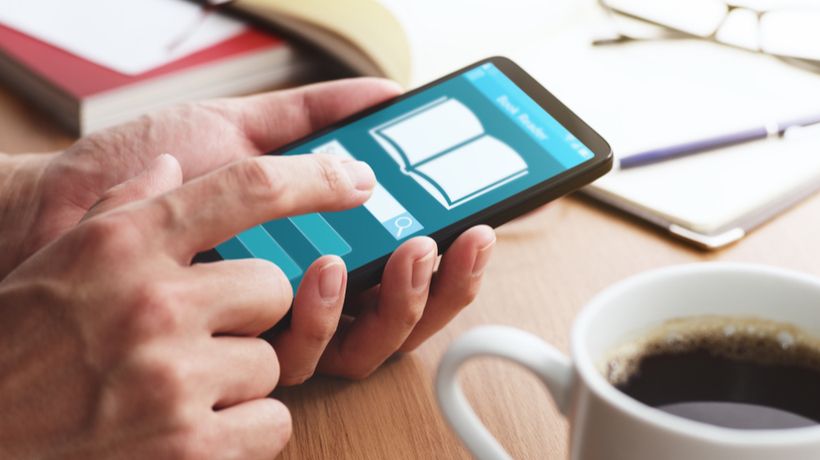In its purest shape, cellular mastering (mLearning) is “getting to know what happens while the learner takes benefit of the getting to know possibilities provided using mobile technologies” (Glew et al. 2003). In layman’s phrases, it’s micro getting to know: schooling tidbits added through a mobile device consisting of a Smartphone, MP3 participant, netbook, Kindle, iPad, and so on. MLearning is also expected to be one of the top developments within the mastering field in 2010. MLearning has been on the cusp of becoming mainstream for the past few years. However, with new technology and the huge availability and use of cellular devices, mainly those that might be internet-enabled, mLearning can ultimately comprehend its full capacity.
Learning types may be classified into three well-known buckets: formal, informal, and self-directed. Formal studying consists of gaining knowledge prepared with induced notifications and reminders and SMS messages asking personnel to verify understanding or participation in an occasion/final touch. E-getting to know courseware also falls into formal mLearning. Informal getting to know includes strategies that include interactive messaging, fostering a two-manner communique, and soliciting user feedback or data series. Lastly, self-directed mastering consists of consumer-directed getting-to-know, reviewing reference/overall performance help materials, content, courseware, and media-based content, including podcasts or videos.

Where is learning going?
MLearning is increasing and achieving the general populace. Mobile gaining knowledge of projects brought in hooked up and emerging international markets are expected to outnumber those brought in North America (USA/Canada) due to greater interest, faster uptake, and willingness to leverage mLearning basic feature phones and superior smartphones.
How do you ask?
HTML5 and cloud computing technologies will make it simpler for humans to access interactive, engaging content. Training and skills development groups will completely include those technologies and provide their budgets to accommodate them. HTML5 will make rich media playback on cell gadgets more sensible and compelling, decreasing the need for Flash-primarily based content on the cell. Even though its use in mLearning remains new, adjustments could be made before a general is set.
Cloud computing will enable cellular tool control connected to the cloud but is now not frequently related to a personal or corporate network. Likewise, there is a dialogue about how Smartphone apps that presently stay on a given tool may live in the cloud and be accessed through the Internet. The cloud will flatten the app industry, and any tool might create fabric once accessed.
MLearning will meld with social networking on each learner’s mobile tool, making the two technologies a completely integrated experience. Support for this technology may be essential to each learning vendor’s center services. Not presenting a mixed experience for the learner will alienate a huge part of the target market.
Another mLearning fashion is location-based, totally getting to know. Location-based totally getting to know involves analyzing a learner’s physical area and their GPS-enabled device to offer to coach at the moment. An example might be a sales individual getting key data on a town he has never visited while coming into a capability customer’s office building.
Lastly, the capability of the contact screen will open up interactivity in eLearning. Touch monitors allow plenty greater wealth interplay than a QWERTY keyboard, leaps and boundaries greater wealth than the old-school conventional keypad. There are quite a few cellular SDKs and APIs currently available. There are many procedures in terms of mobile development, each with its advantages and shortcomings. The mobile industry is dramatically evolving as devices like Kindle and iPad make their manner onto the scene.
The downside to all these adjustments and the boom in device range is locating a one-length-fits-all answer. Some approaches to developing cellular device programs, such as standalone and growing programs, capitalize on the device’s integrated web browsers. Browser programs have more potential to target a wider spectrum of devices; however, they are less capable of tapping into the native hardware and software functions of a consumer’s tool, such as the GPS or accelerometer functionality.
Course duration should not exceed 5 to 10 minutes at most. Think about it: Could you spend half an hour observing your Smartphone, looking to examine ite, even as crammed like a sardine at the subway during rush hour? Will newbies have remembered their headphones in the rush to exit the door? Likely not. Do customers long periods part in a studying hobby? study no longer; they may use mLearning to get records and reference fabric, suggestions, and activities before meeting with that new consumer for the first time.

